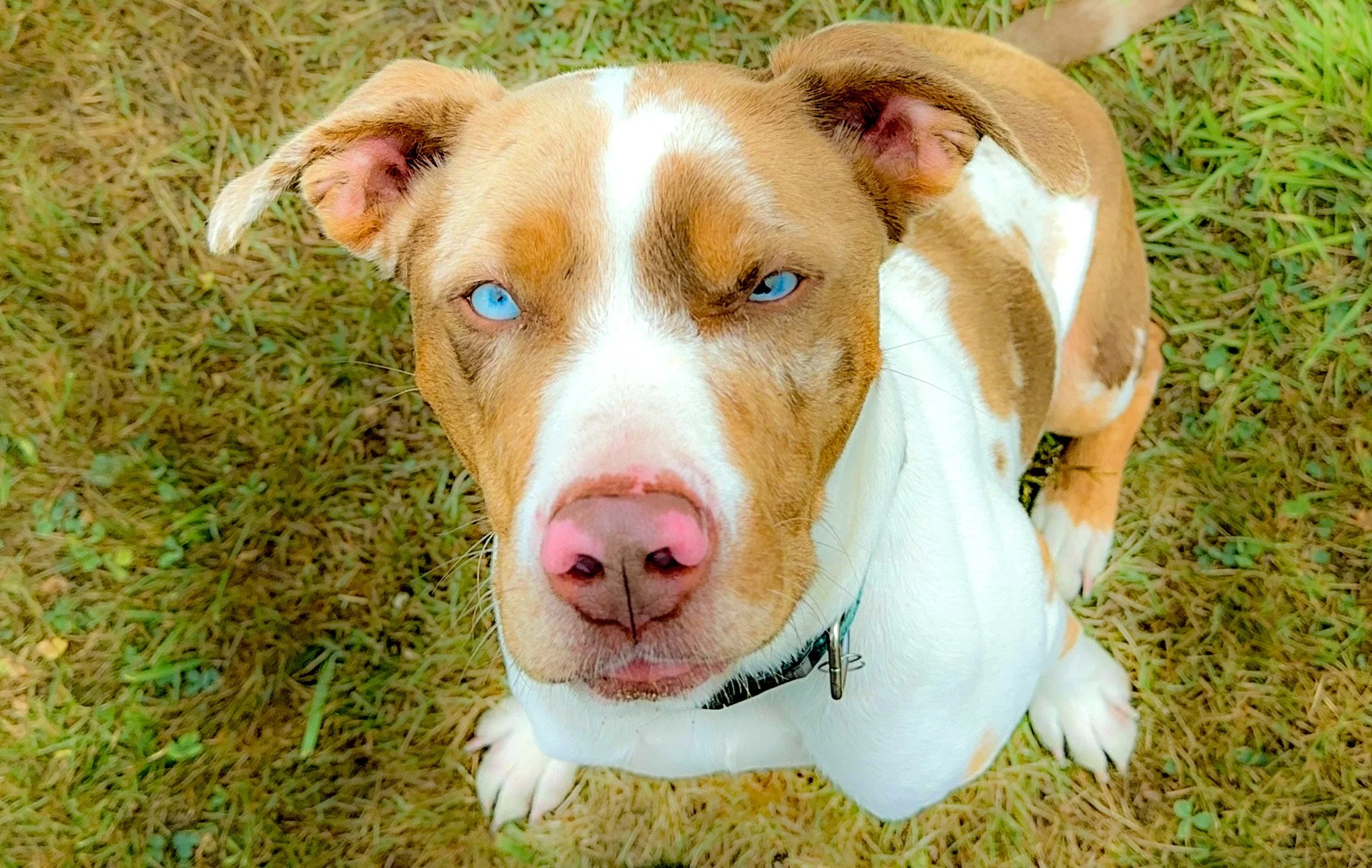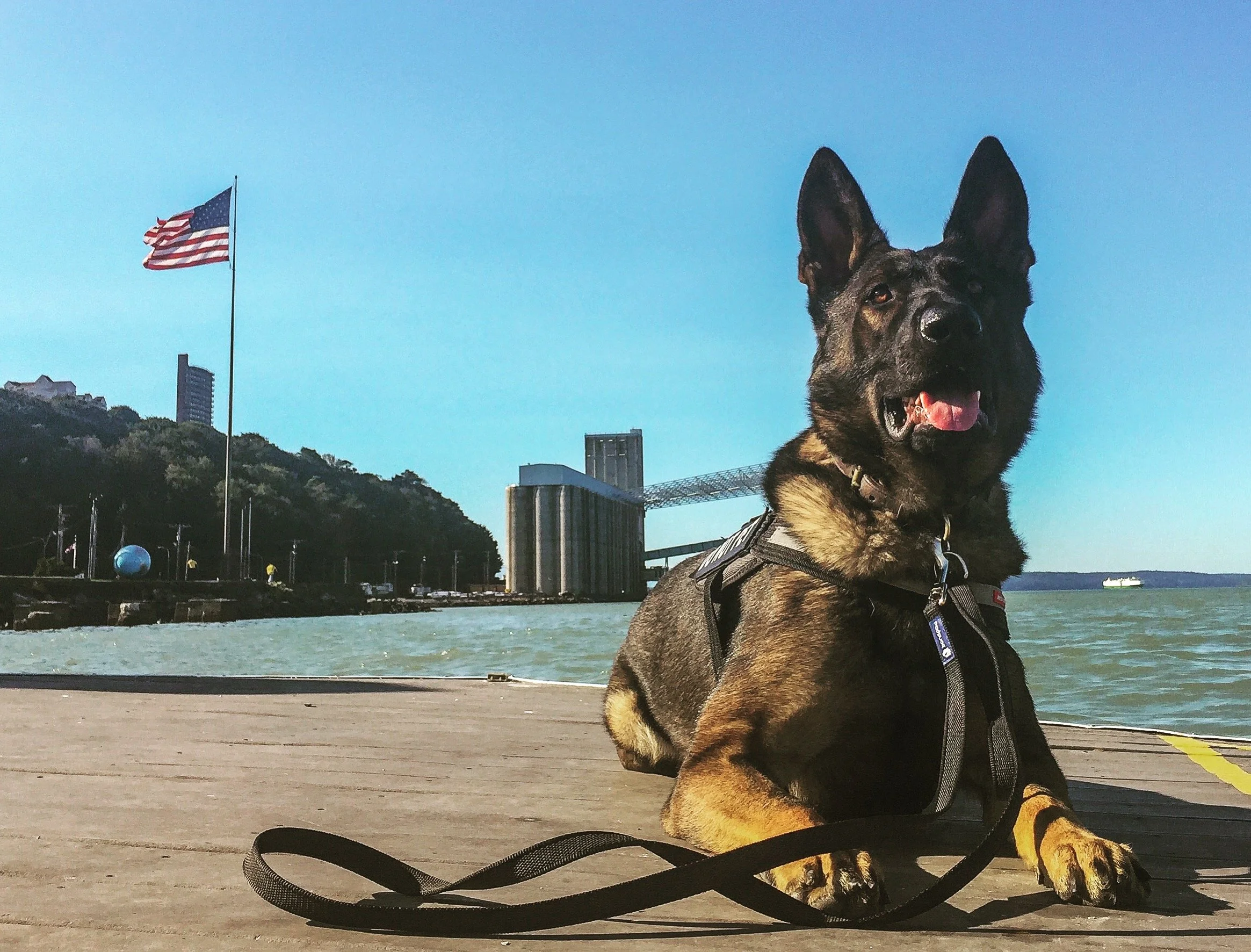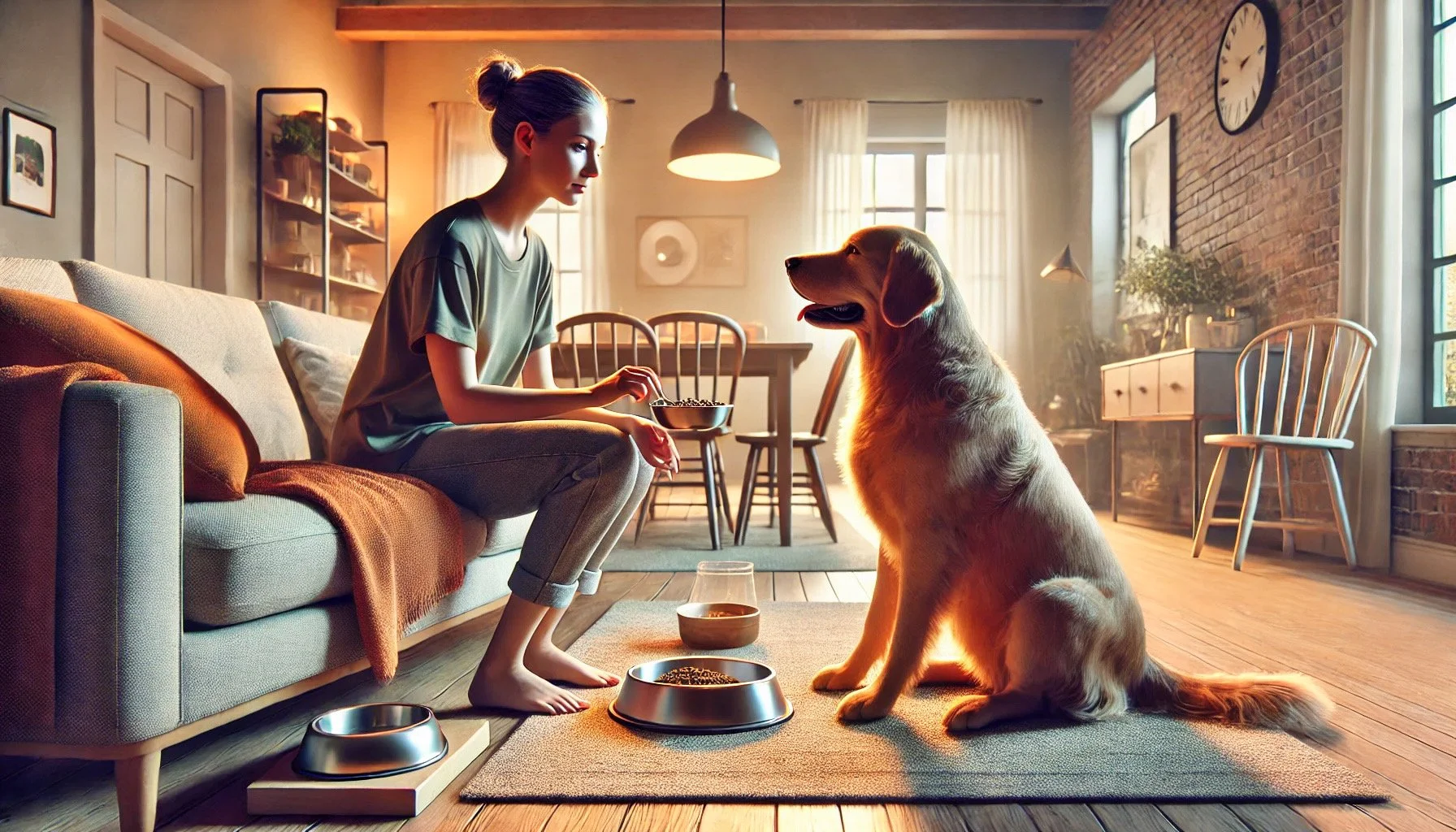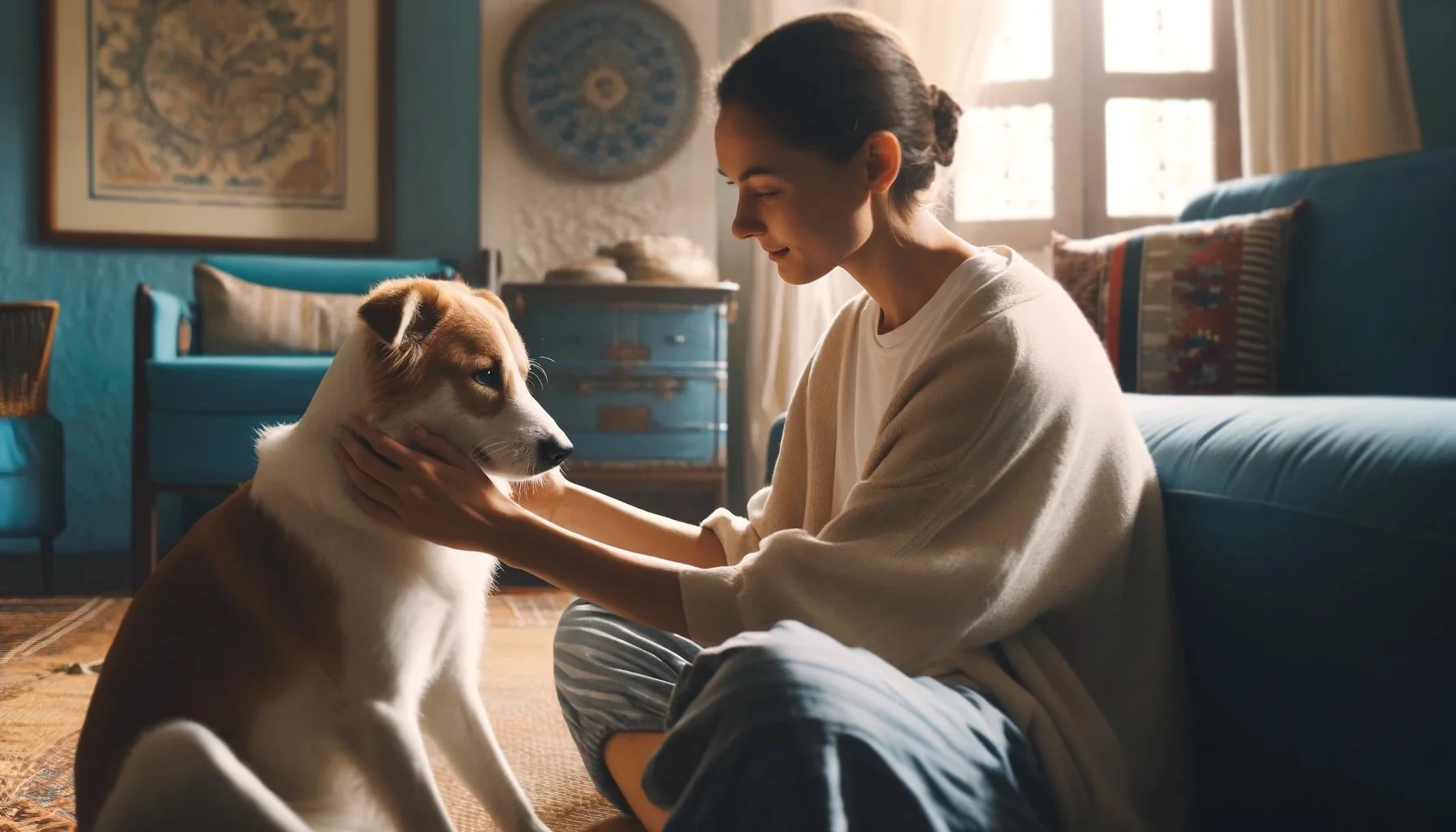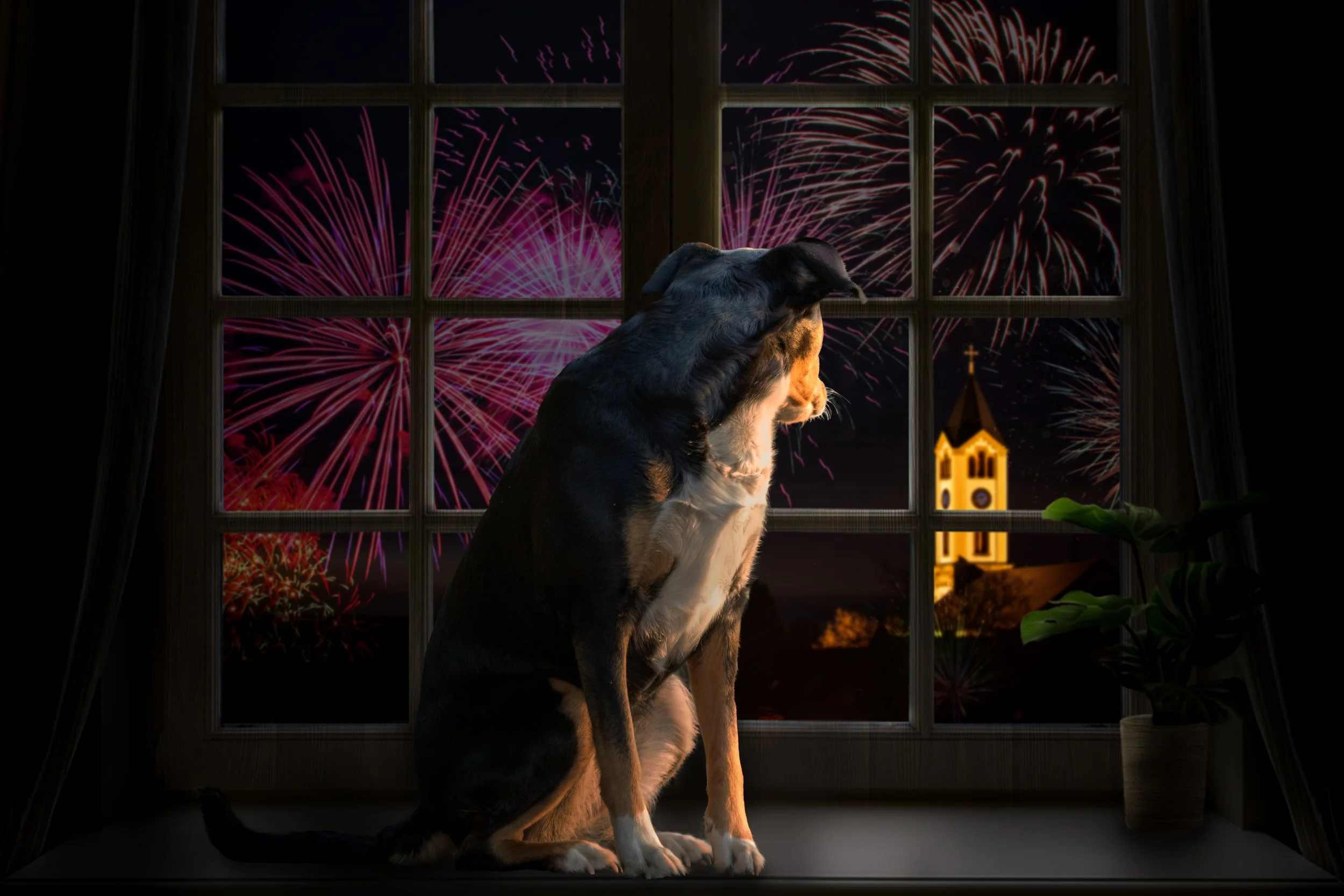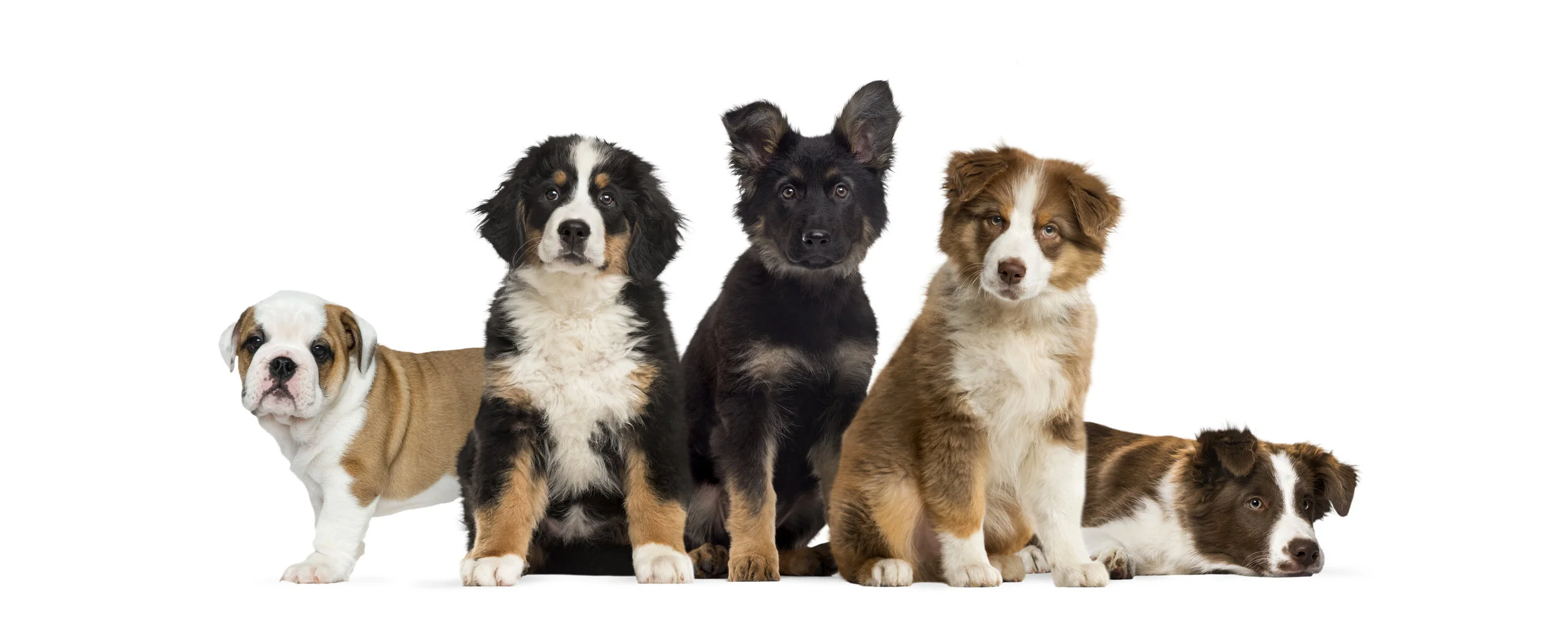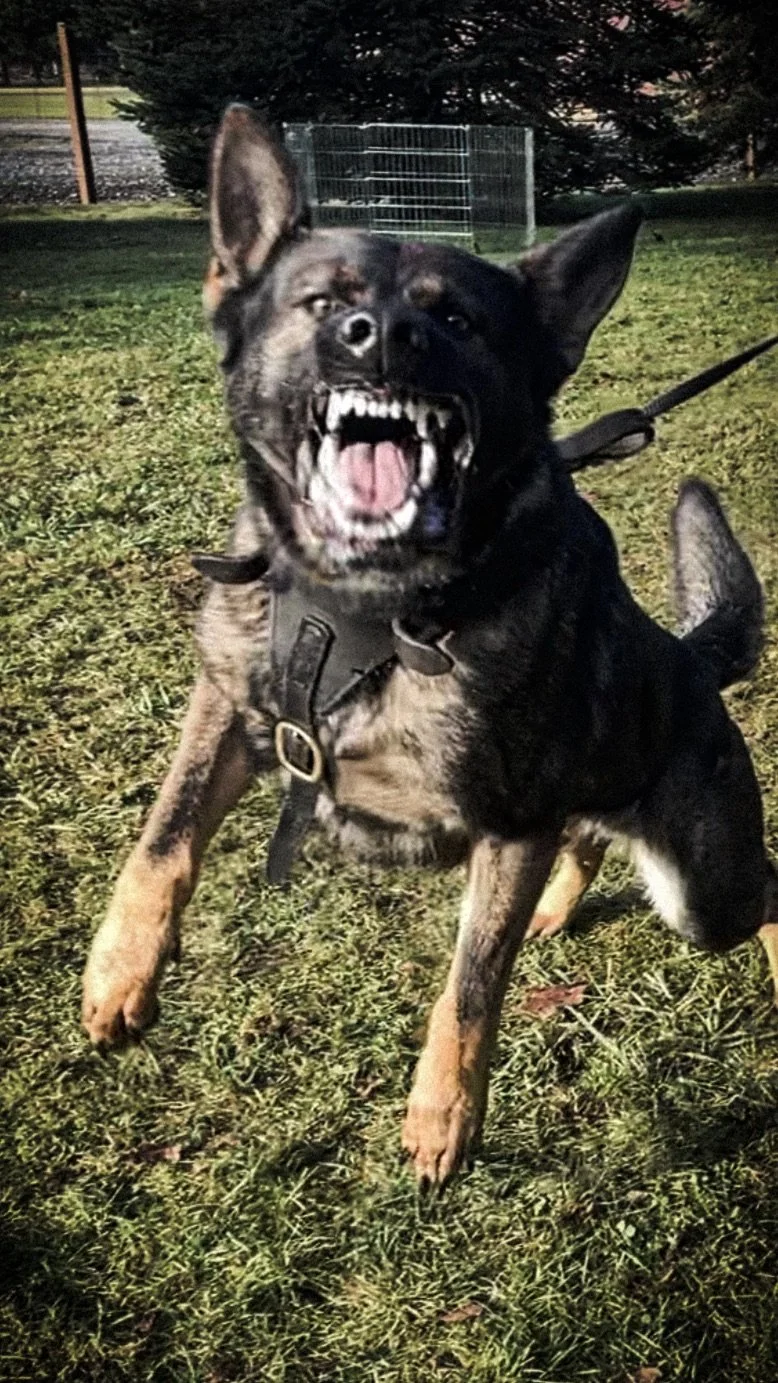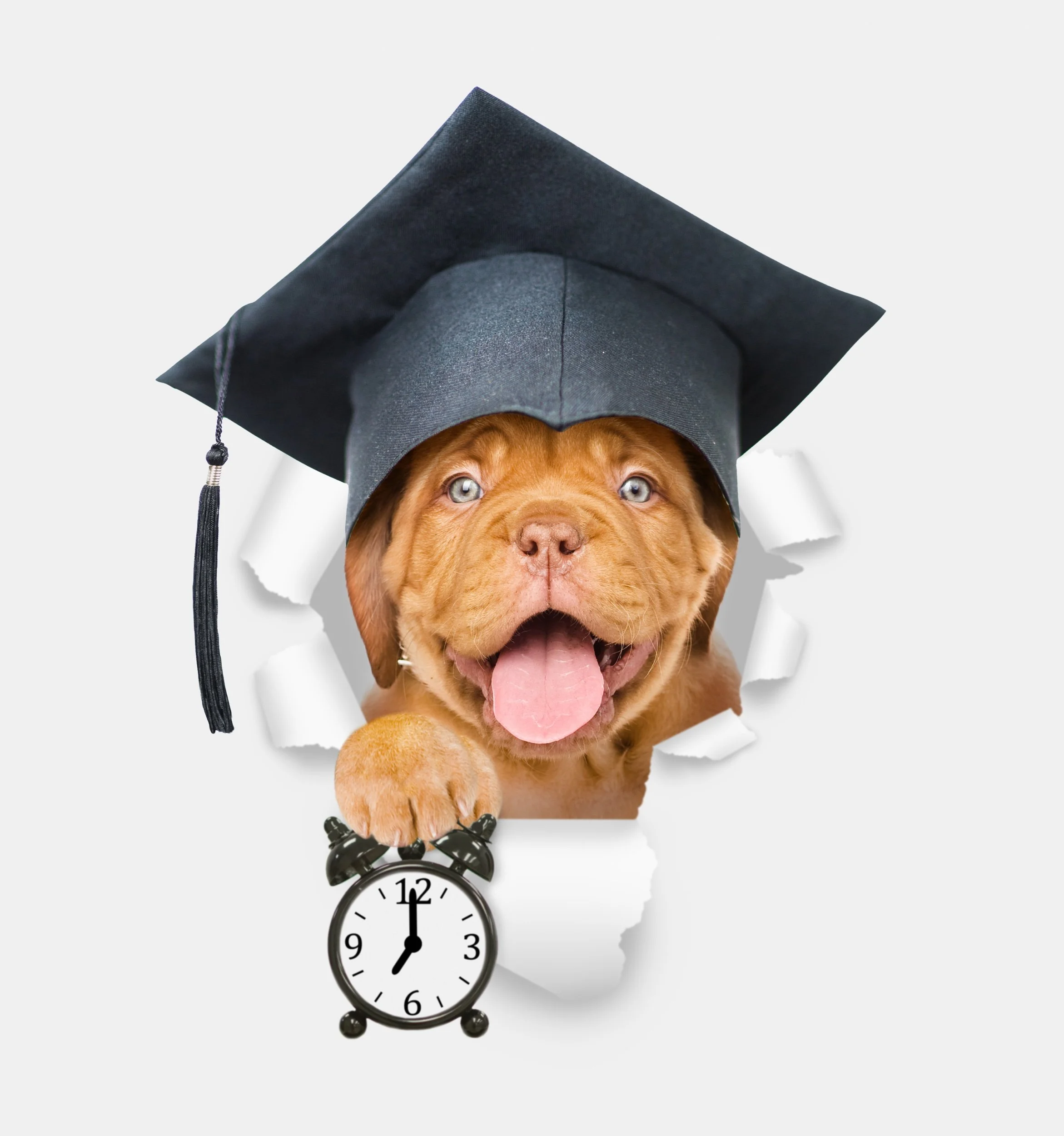Fireworks are fun as long as you incorporate safe usage practices. For Pets and veterans on the other hand fireworks can be very scary and can trigger a lot of stress responses by the loud noises. Here are 10 tips that can help you set you and your pooch up for success during the 4th of July Celebrations!
First Aid Techniques Every Dog Owner Should Know
Your dog is a valued member of your family. When you go on a hike or take your family hiking, you’ll naturally bring your first aid kit for yourself, but it’s important to know and be prepared for accidents that may happen to your pup too. Not knowing what you would do in the event that your dog got hit by a car or accidentally choked on a chicken bone is the scariest part.
There are some first aid techniques every dog owner should know that will leave you with peace of mind and the valuable resources you need to protect your entire family. Remember, the following techniques are only to be used to stabilize your dog in the event of an emergency before you can get them to a veterinarian or animal hospital. You must ensure that you are in the right place of mind and you know what you’re doing before starting first aid on anyone, including an animal.
7 Tips to start training your puppy the right way
Getting a puppy is a very exciting event. An event however that comes with a lot of responsibilities. Like we mentioned in our previous blog, a dog is for life and not just for Christmas.
Starting off the right way with training your puppy will help you setting you and your new best friend up for success and prevent troubles later. Here are 7 tips that will help you to start your new journey the right way.
Thinking of Gifting a Puppy for Christmas? Here’s What You Need to Know
Christmas is a pretty high energy holiday, but nothing comes with more energy than a brand new puppy. If you’re thinking of purchasing a puppy to gift at Christmas, more becomes involved than simply seeing the smile of excitement on your loved ones’ faces. A puppy lasts longer than a Christmas season; a puppy is for life not just for Christmas.Below are 5 points you need to know about raising a puppy now before you make the big purchase of bringing a puppy into your home.
3 tips on dealing with Reactive Dogs
Does your dog bark, growl, or run towards other dogs when you’re on a walk or when someone walks past your home? It’s common for dogs to be Reactive or “hyper-aware” of other dogs nearby, however, it’s not simply disobedient behavior, so shouldn’t be correlated with punishment. In fact, many obedient dogs still exude Reactive behavior. It’s actually a stress response in the body from specific triggers, etc. If your dog does act like this, however, it’s important to start immediately to try and fix the issue. The longer a pup continues the reaction, the more difficult and longer it will take to correct - or you could end up with a legal case on your hands. - READ MORE…
Latency in dog Training and how to shorten it
In our training we will see that some dogs response faster or slower to cue. In animal training we call that Latency. Simply stated latency is the time interval between the cue and when the dog starts responding to this cue.P eople like to see dogs that respond very fast to command. If that is something we want we need to shorten the intermission between cue and behavior, decreasing the latency. So how do we do this?
Modeling and Observational Learning in Dog Training.
Modeling and Observational learning in dog training Typically dog training proceeds from operant conditioning with a long period of shaping the dog learns a new behavior through errors and reinforcement. Observational learning happens quickly and can either help us in our dog training or can be our worst enemy. In this article I explain what modeling and observational learning is and discuss some real life examples how it can negatively influence your dogs learning and how it can help.
